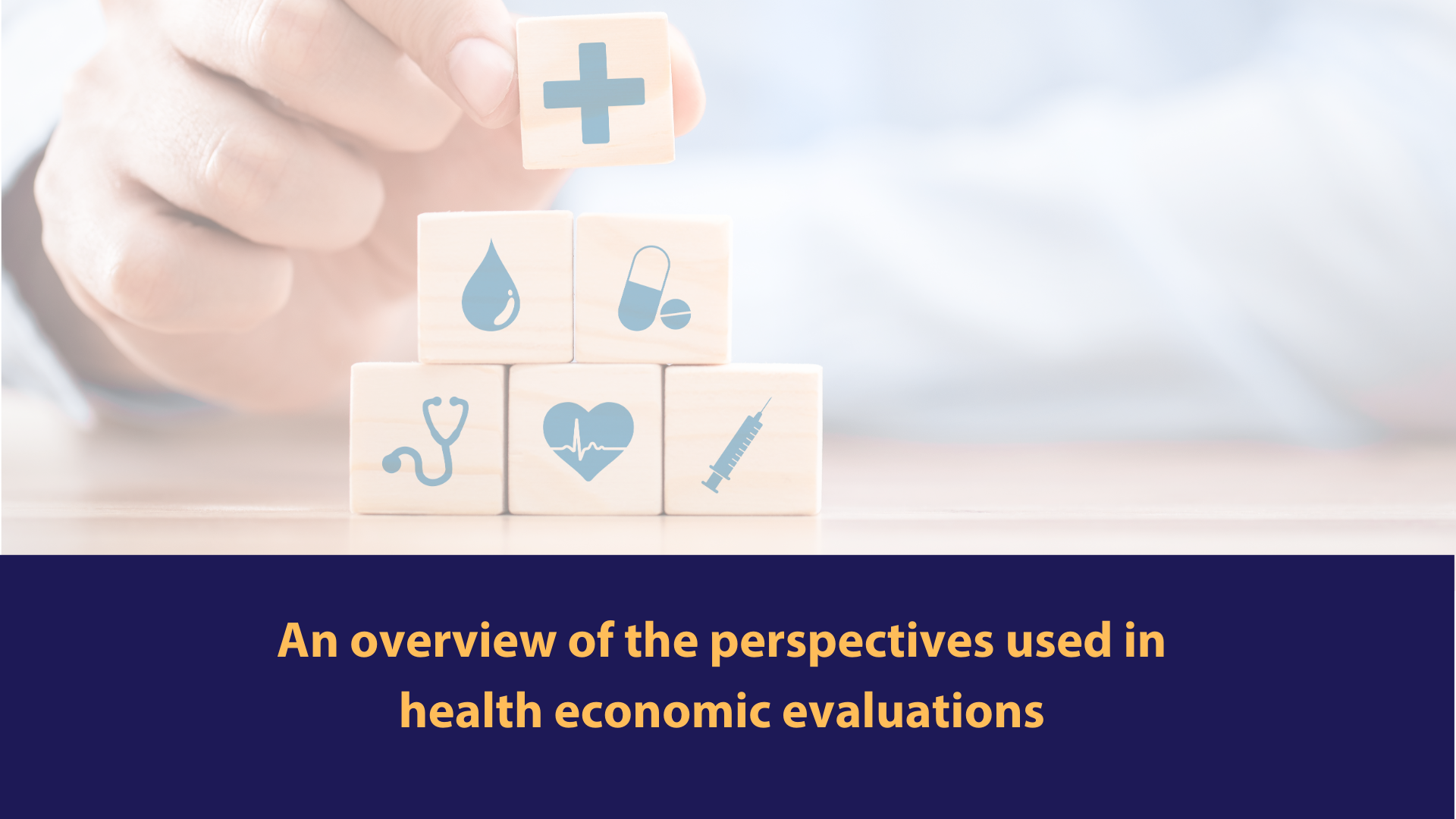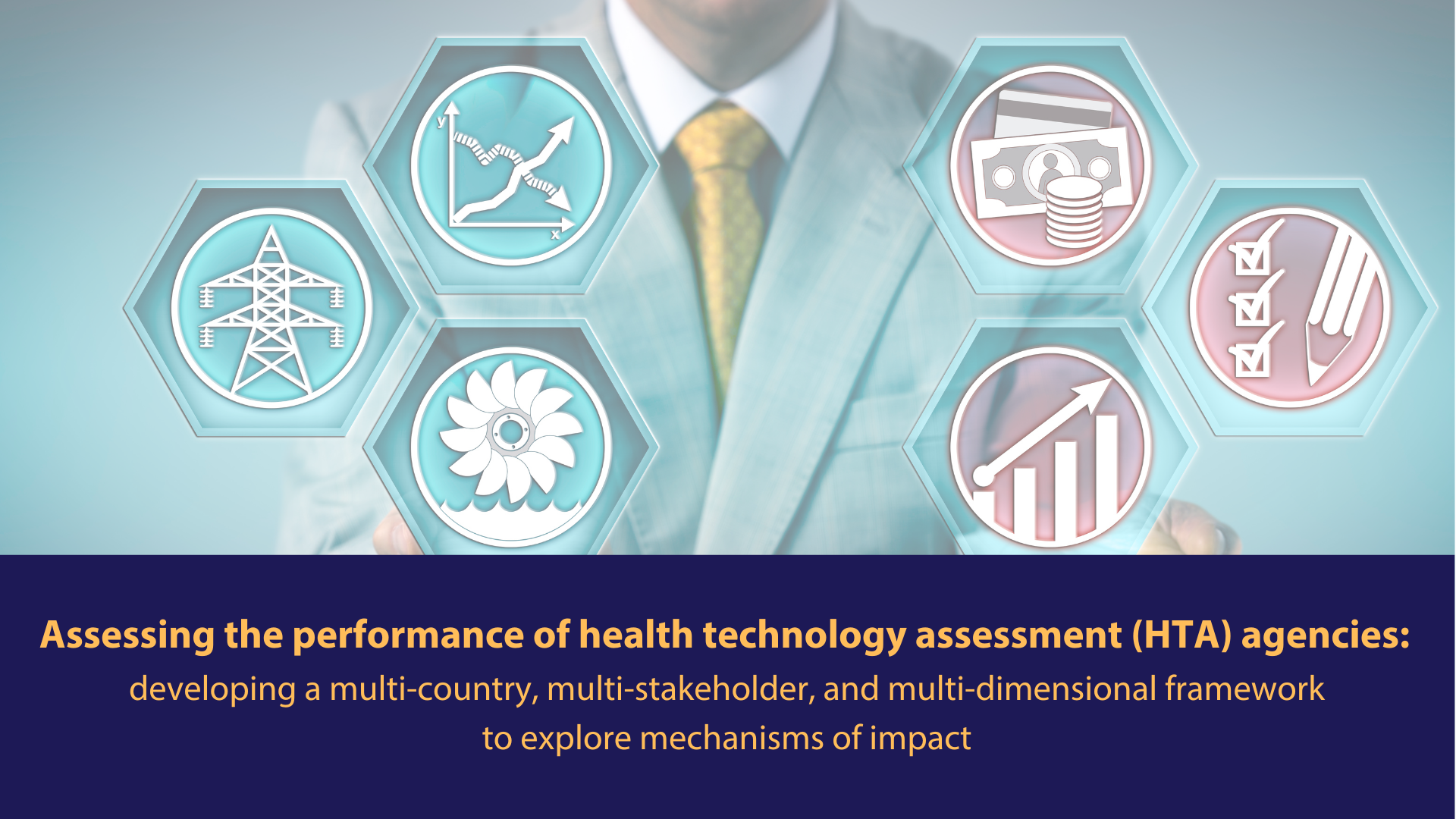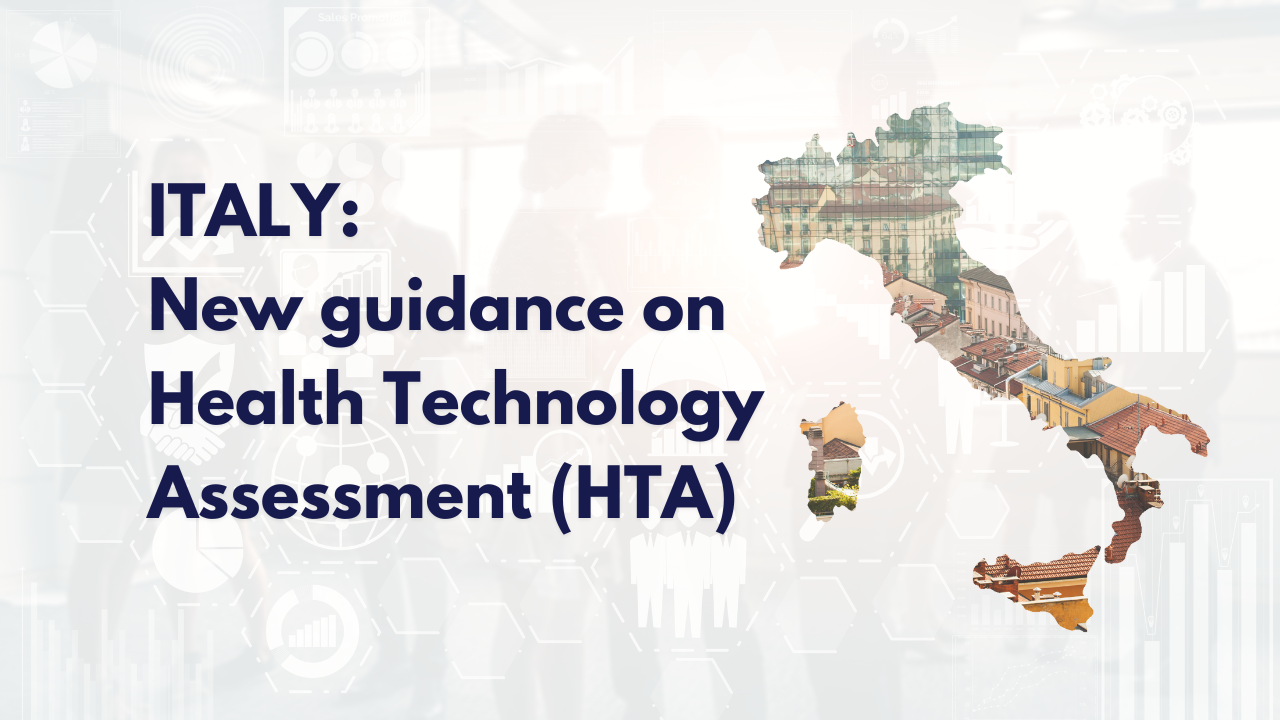What is the value of explicit priority setting for health interventions? A simulation study
In the modern era, medical advancements hold unprecedented promise in
reducing human suffering and extending lifespans. Nevertheless, in a global
context marked by finite resources, the allocation of funds for health purposes
demands careful and often difficult decisions. Many countries have responded to
this challenge through the establishment of Priority Setting Institutions (PSIs)
in healthcare systems. This is a relatively novel approach that aims to make
transparent and accountable decisions about resource and funding allocation in
healthcare.
A study named: ‘What is the value of explicit priority setting for health
interventions’ by Barlow et al., suggests that using PSIs are beneficial
for making healthcare funding decisions and can be useful for policymakers when
establishing or evaluating interventions. Although several studies examined the
role of priority-setting institutions, most studies lack the consideration of a
PSI-absent scenario which may offer a new perspective on the value of a PSI. It
also mentions that while the results suggest that PSIs provide significant
value, the exact magnitude of their impact depends on a range of factors and
modeling assumptions.
To understand the value of a PSI, this study examines its value in
healthcare spending by comparing two funding approaches. The first, an active
PSI using cost-effectiveness thresholds to influence funding decisions and the
second approach being one without a PSI, where funding decisions on
interventions are made on a first-come-first-served basis. The text outlines a
simulation study that discusses the value of explicit priority setting and the
role of priority setting agencies in different countries. One approach includes
modeling studies that use economic models to evaluate the health and financial impact of interventions. The other approach
uses implementation studies that examine changes in clinical practice following
PSI recommendations.
A user-friendly simulation model on Microsoft Excel, which can be adapted to
local contexts, was developed as part of this study. From this simulation
study, some key findings were shown to assess the value of explicit priority
setting for health intervention:
1.
Explicit priority setting can lead to more efficient
resource allocation.
2.
A PSI-active funding scenario reveals that it can lead
to better health outcomes and benefits for the population, achieve a lower
incremental cost-effectiveness ratio (ICER), and can fund more interventions
when compared to a PSI-absent funding scenario.
3.
PSIs foster transparency when taking a formal
evaluation approach where it lessens the scope for corruption in
decision-making.
This study also examines different circumstances with varying levels of PSI
involvement, budget limitations, and results. Data from the UK (2015) and
Malawi (2018) shows that the threshold-based approach improves health outcomes
while decreasing healthcare costs. In addition, sensitivity analyses in the
study explore the impact of cost-effectiveness thresholds, budget constraints
and the correlation between costs and benefits in interventions.
This study also highlights the underutilization of simulation methods in
assessing the economic and health impact of institutionalizing priority
setting. By taking this important initial step, the aim is to demonstrate the
value of such approaches and encourage governments, especially in low- and
middle-income countries (LMICs), to invest in PSIs. Furthermore, it promotes
the use of simulation methods to understand policy-related questions to
contribute to healthcare outcomes in the future. Lastly, the findings from this
study align with current literature and indicate there is substantial positive
impact from PSIs in both resource-constrained and resource-rich contexts.
If you are interested in using this tool and exploring the simulations,
please find the user-friendly spreadsheet tool here.
To read more about the article, please click on this link:
https://link.springer.com/article/10.1007/s10729-022-09594-4


